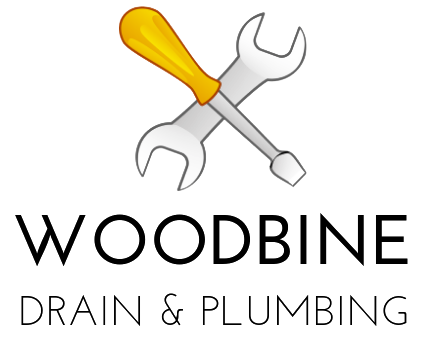Steps to Recover from Water Damage

Experiencing water damage in your home can be a stressful and daunting incident. Whether it’s from a burst pipe, a severe leak, or an unexpected flood, knowing the correct initial steps to manage the situation can significantly mitigate the extent of the damage. At Woodbine Plumbing, we are committed to helping our clients in East York and the Greater Toronto Area navigate through such emergencies effectively. Here is a comprehensive guide on how to recover from water damage.
Step 1: Ensure Safety First
The first priority in any emergency, including water damage, is ensuring the safety of everyone in the household.
- Turn Off Electrical Power: If the area affected by water includes or is near electrical appliances or outlets, immediately shut off power to that section of your home to prevent electrocutions.
- Stop the Water Source: If possible, stop the water flow to prevent further damage. This could mean turning off the main water supply if you’re dealing with a burst pipe.
Step 2: Assess the Damage
Quickly determine the extent of the water damage and document it for insurance claims.
- Take Photos: Before you start cleaning up, take photos of the damage as evidence for your insurance claim. This will help ensure that you are fully compensated.
- Inspect for Safety Hazards: Be on the lookout for structural damages like sagging ceilings or swollen floors that might require professional intervention.
Step 3: Begin Water Removal
The sooner you can remove the water, the less chance there is for mold growth and extensive property damage.
- Use a Pump or Wet Vac: If there is a significant amount of water, using a pump or a wet/dry vacuum can help remove water efficiently. Ensure these devices are safe to use and dry if you had to turn off electricity to the house.
- Mop and Bucket: For smaller amounts or less severe flooding, simple tools like mops and buckets work effectively.
Step 4: Dry Out the Area
Thoroughly drying out water-damaged areas can prevent the growth of mold and mildew.
- Increase Airflow: Open windows and use fans to help dry out the area if it’s safe to do so.
- Use Dehumidifiers: Reducing moisture in the air is crucial in water-damaged environments to protect structures and furnishings from further damage.
Step 5: Clean and Disinfect
Once the area is dry, cleaning and disinfecting are critical to prevent health hazards.
- Disinfect Surfaces: Use appropriate cleaners to disinfect all areas affected by water damage.
- Dispose of Damaged Items: Safely dispose of items that cannot be salvaged or are too damaged to be safely cleaned.
Step 6: Contact Your Insurance Company
Notify your insurance provider as soon as possible. Provide them with the documentation and photographs you’ve taken to begin the claims process.
When to Call a Professional
Certain aspects of water damage recovery, especially structural repairs, electrical fixes, and severe water removal, may require professional expertise.
- Contact Woodbine Plumbing: For any plumbing repairs or further damage assessments, contact us immediately. We provide emergency plumbing services to promptly address and resolve issues, ensuring minimal long-term impact.
Recovering from water damage can be overwhelming, but taking these initial steps quickly and efficiently can help control and minimize damage. For more guidance on managing plumbing emergencies and protecting your home, visit our blog at Woodbine Plumbing. We’re dedicated to providing top-notch care and information to keep your home safe and your plumbing in excellent condition.
